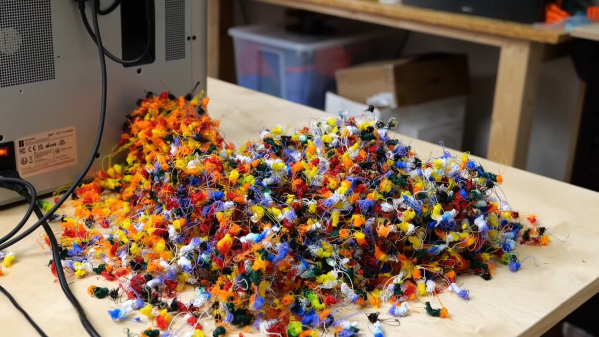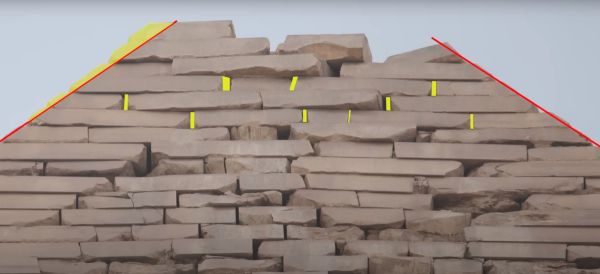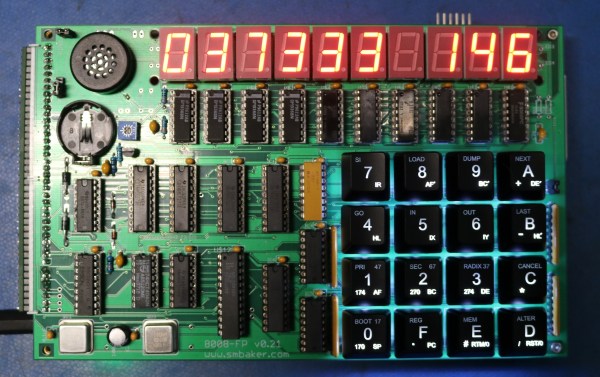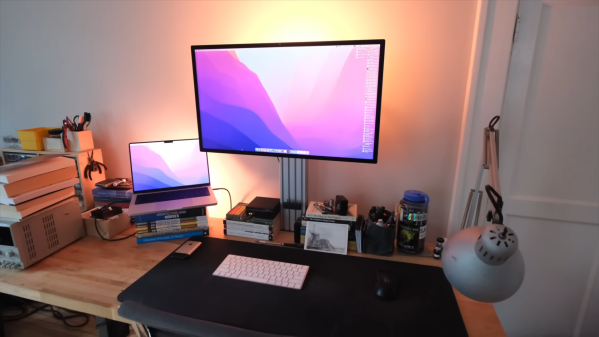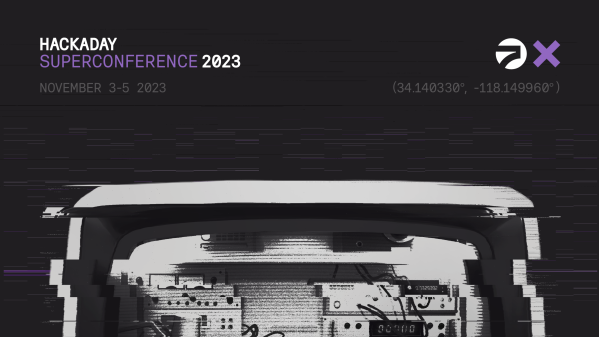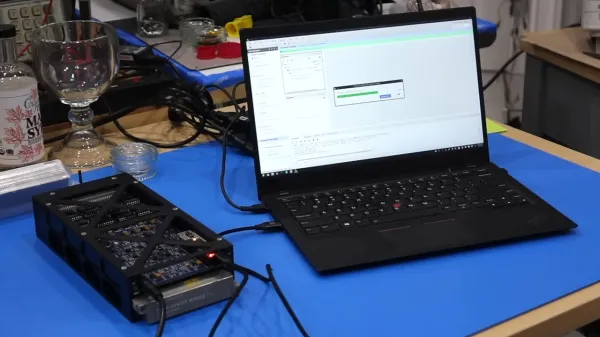The fundamental problem with multi-color 3D printing using a single hotend is that they poop an awful lot. Every time they change filaments, they’ve got to purge the single nozzle, which results in a huge number of technicolor “purge poops” which on some machines are even ejected out a chute at the back of the printer. The jokes practically write themselves.
What’s not a joke, though, is the sheer mass of plastic waste this can produce. [Stefan] from CNC Kitchen managed to generate over a kilo of printer poop for a 500-gram multi-color print. So he set about looking for ways to turn printer poops back into filament, with interesting results. The tests are based around a commercial lab-scale filament extruder, a 3Devo Composer, but should apply to almost any filament extruder, even the homebrew ones. A few process tips quickly became evident. First, purge poops are too big and stringy (ick) to feed directly into a filament extruder, so shredding was necessary.
Second, everything needs to be very clean — no cross-contamination with plastics other than PLA, no metal bits in the chopped-up plastic bits, and most importantly, no water contamination. [Stefan]’s first batch of recycled filament came from purge poops that had been sitting around a while, and sucked a lot of water vapor from the air. A treatment in a heated vacuum chamber seems to help, but what worked best was using purge poops hot and fresh from a print run. Again, ick.
[Stefan] eventually got a process down that produced decent, usable filament that would jam the printer or result in poor print quality. It even had a pretty nice color, which of course is totally dependent on the mix of colors you start with. Granted, not everyone has access to a fancy filament extruder like his, so this may not be practical for everyone, but it at least shows that there’s a path to reducing the waste stream from any printer, especially multi-material ones.

